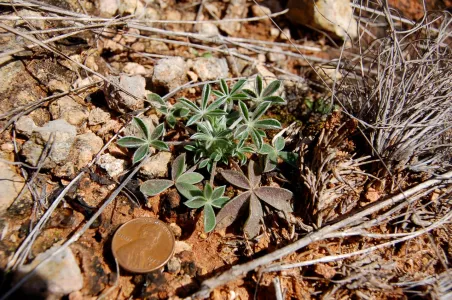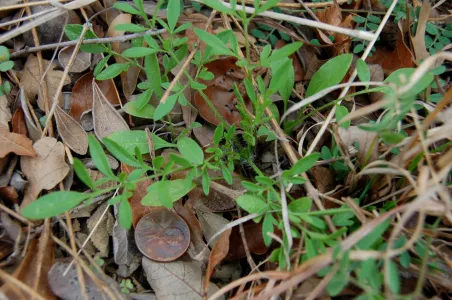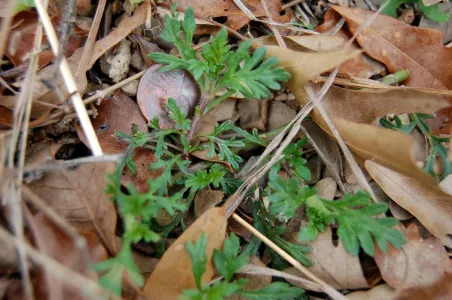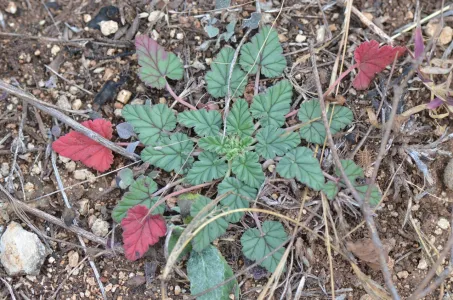By Delmar Cain
The week just past was the perfect time to remember the first few lines of Christina Rossetti’s Christmas poem, later set to music in carol:
“In the bleak mid-winter
Frosty wind made moan,
Earth stood hard as iron,
Water like a stone;
Snow had fallen, snow on snow,
Snow on snow,
In the bleak mid-winter
Long ago.”
It has been many years since my wife and I lived in Utica, New York for a year and suffered through a very cold winter that came with over 200 inches of snow. That memory and the temperatures of the last few days remind me why we lived there only for a year before moving back to Texas.

Even without the “snow on snow” it seems only the ashe junipers, the mountain laurel and the agarita are still displaying healthy amounts of green, since the frosty wind has cleared the foliage of the other oaks, the fall elms and the cypresses. The live oaks and persimmon appear scraggly and ready for the spring. The winter fatigue of others is all the more reason to enjoy the hardy bright red berries of the possumhaw hollies.
But even as I write in the bleak mid-winter, bits of spring are in progress. One sure sign is the swelling of the buds on the red buckeyes, one of our very early bloomers. Those early blooms will attract some of our resident hummingbirds and some early migrants that will arrive in late February and early March.

Another early bloomer is the agarita, whose stems are already covered in small berry-like buds that will turn into small yellow flowers. That is a good sign that the turkeys will have plenty of agarita berries sometime in the spring.
Most of the grasses have turned gray or brown with the heavy frosts. The little bluestem, whose leaves changed to red in the fall, now sits in a light tan dissipated clump with only a few feathery seeds still clinging to the tall stems. But underneath the clump a few streaks of green indicate that new growth is on the way, even as the remaining seeds on the stems might yet prove fruitful.

With the recent rains some of the wildflowers germinated in the fall are beginning to add some height. The bluebonnets took the low temperatures in stride. If I can keep the whitetail deer and the axis deer off our terrace, I think that I might have a bumper crop of bluebonnets.
Bluebonnets are not the only species growing. A closer look under the fallen stems and leaves of last year’s wildflowers and grasses should reveal that many new plants have already germinated and are showing the first and second sets of leaves. In a short walk along the right of way in my neighborhood I found rosettes of Mexican hat, of prairie verbena, of stork’s bill and the spiny young leaves of Texas thistle.
Young penstemon plants, which volunteered from last year’s uncollected seeds, have made it through to mid-winter with healthy young leaves. In our courtyard tiny coreopsis plants are peaking through the crushed granite and peppergrass rosettes are beginning to form.

Some may find it strange that a sane person would be wandering around during this season looking at small plants that appear indistinguishable. In reality, I am just taking a tiny section of a larger lesson from Carroll Abbott, one of the founders of the Texas Native Plant Society. His plan included mapping and traveling similar routes for years in order to locate, mark, observe and collect seeds and plants that he found attractive. Even though Abbott was quite the traveler, he noted in his 1982 Pamphlet, How to Know and Grow Texas Wildflowers, that “one amateur botanist…astounded his friends by collecting more than 100 wildflowers within walking distance of his home.”
Luckily in Texas mid-winter also involves some wonderfully sunny cool days, a reminder that spring is near. If you do not use preemergent herbicides or if you have an area where you encourage native growth, those sunny days are an invitation for an outdoor learning experience. Just take a few minutes with your digital camera and make photographs of the new plants that are just beginning to grow. Then see if you can identify what the plants will eventually be.
Don’t worry if you can’t. You only have to wait a few weeks for an answer. Unless the area is burned or cut, those plants will eventually mature and reveal themselves for what they are. It is a nice way to enjoy the spring, when the “bleak mid-winter” is just a memory.


